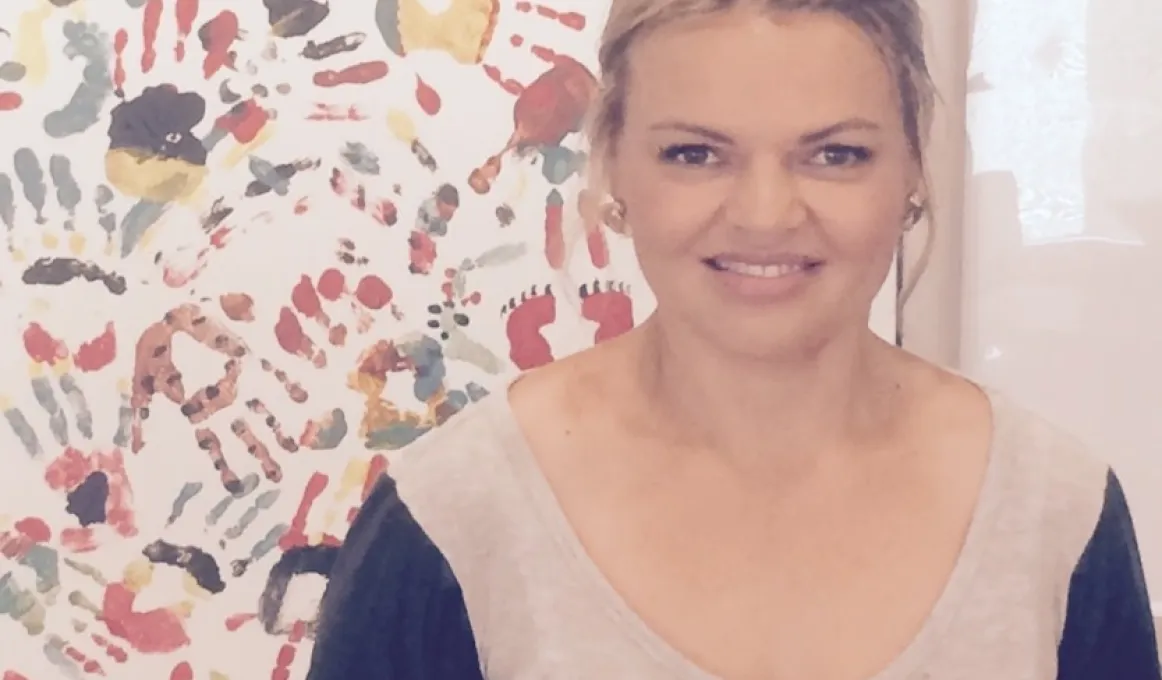Indigenous psychologists fighting youth suicide epidemic see signs of hope

Aboriginal psychologist Tanja Hirvonen is working on ways to decrease Indigenous youth suicide and while current statistics for Indigenous youth suicide are very high, she sees signs of hope.
Around Australia, Indigenous youth and young adult suicide is at alarming levels in some regions. The latest information from the Aboriginal and Torres Strait Islander Health Performance Framework 2014 Report shows that from 2008–2012 the suicide rate for Indigenous Australians was almost twice that of non-Indigenous Australians, accounting for five per cent of Indigenous deaths and almost three quarters of these deaths were males.
For 15 to 19 year olds, the rate was five times higher than the non-Indigenous rate (33.7 per 100,000 compared to 6.5 per 100,000). Of particular concern is the rate for Indigenous males aged 20-24 years which was the highest across all ages at 67.4 per 100,000 compared to 15.6 per 100,000 for non-Indigenous males the same age.
But, says psychologist Tanja Hirvonen, there is hope.
Tanja, an Aboriginal woman who grew up in Mount Isa and has family links through the Kimberley, the Barkly and Queensland, is one of 60 Aboriginal and Torres Strait Islander psychologists who are members of Australian Indigenous Psychologists Association (AIPA).
“The numbers of people that we lose to suicide today are devastating, considering that in the past suicide was relatively unheard of in Aboriginal and Torres Strait Islander communities,” Tanja said.
“Every person or child we lose to suicide is traumatic; there is immeasurable loss which extends across our immediate and extended families, kinship networks and peer groups, communities and states.”
And Tanja warns that there are no easy explanations as the causation and risk factors can be many.
“Suicide is a complex issue and there’s no one specific reason why someone might end their lives to suicide,” Tanja said.
“What we do know though is that chronic life stressors such as poverty, lack of education, high levels of substance use and unemployment, which leads to elevated levels of psychological distress, are reported factors for increasing risks for suicide. As are issues like trauma and ongoing grief, and increased incarceration rates, along with loss of cultural identity,” she said.
There are, however, professionals and community members developing and running early intervention and prevention programmes in communities, which gives Tanja optimism.
“There is hope, there are strategies and there are solutions. We’ve got a long way to go but there is hope that the number of people ending lives to suicide will decrease over time with culturally appropriate suicide prevention strategies,” Tanja said.
“Evidence shows community-led solutions are the most effective. Cultural connections are known to be a key protective factor for robust social and emotional wellbeing. Connections to land, sea and country, family, community and spirituality are key. We need to work together nationally on this but each community will have its own response that will work best for them.”
Tanja also points to the work of AIPA, which is providing strong leadership on issues relating to social and emotional wellbeing for Aboriginal and Torres Strait Islander peoples.
“We support our Aboriginal and Torres Strait Islander psychologists and encourage Aboriginal and Torres Strait Islander people to become psychologists but we’re also helping non-Indigenous psychologists gain greater cultural understandings when working with our people,” Tanja said.
“AIPA developed a two day Cultural Competence workshop that has been attended by over 1000 mental health practitioners since 2010. Last month there was a psychology conference where Aboriginal and Torres Strait Islander psychologists made presentations raising awareness and discussing social and emotional wellbeing concerns for Aboriginal people. This assists non-Indigenous psychologists to gain deeper understandings when working with our people,” she said.
And there are ways to help even if you’re not a health professional.
“Raising awareness of suicide is important,” Tanja said.
“For the average person, being involved in your community and being aware of suicide indicators can help. Events like R U OK? Days and the National Walk for Suicide Day are important to get people talking, and social media is helping spread the word about mental health to decrease the stigma,” she said.
Find out more
The Australian Government funded headspace National Youth Mental Health Foundation provides mental health and wellbeing support, information and services to young people aged 12-25 who are at risk, or at risk of developing a mild to moderate mental illness, and their families across Australia.
The headspace National Youth Mental Health Foundation also provides the headspace School Support programme, which works with schools in the event of a suicide to minimise the distress caused to staff and students.
MindMatters is the national mental health initiative for Australian secondary schools. It aims to increase a school’s capacity to implement a ‘whole-school’ approach to mental health promotion, prevention and early intervention.
The Aboriginal and Torres Strait Islander Suicide Prevention Evaluation Project is evaluating the effectiveness of existing suicide prevention strategies and will report to the Australian Government in late 2015.